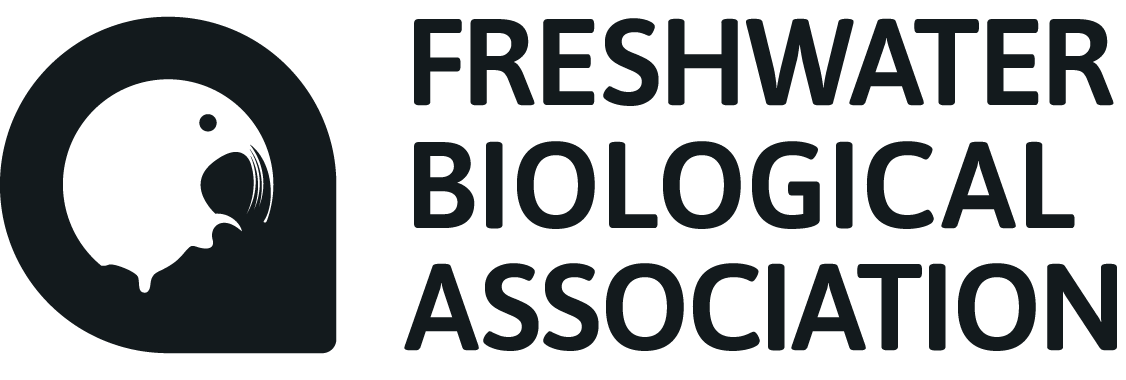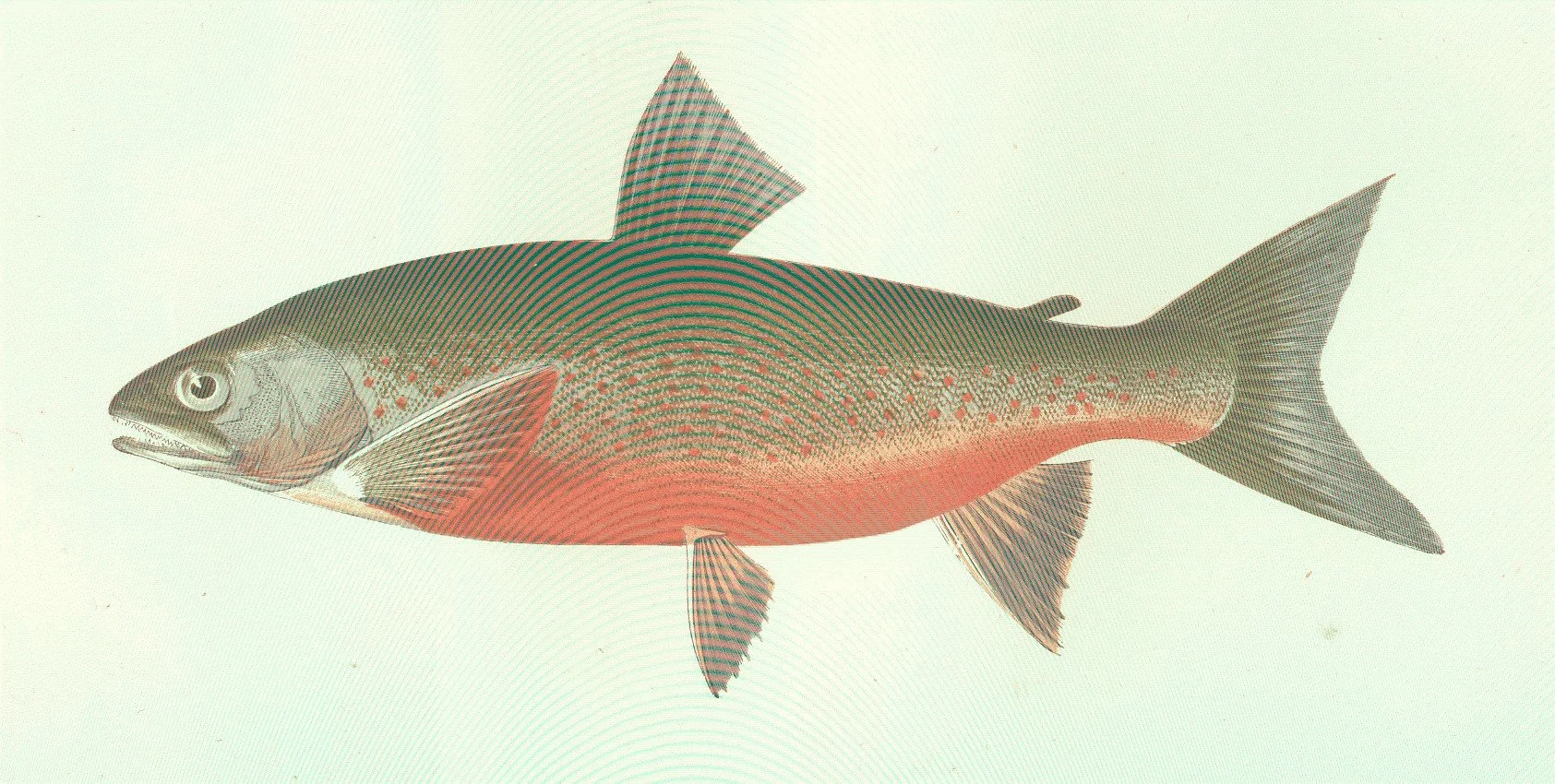Windermere Arctic Charr Project
20 September, 2024
Windermere is the largest natural lake in England. Plummeting to a depth of around 64 metres, its waters support one of the few Arctic charr populations in England.
Arctic charr (Salvelinus alpinus) are cold-water fish, most commonly found in sub-Arctic regions, and their presence in Windermere is often described as a ‘relic’ of the last ice age, as sea-run populations were trapped in the lake when glaciers retreated from the area around 12,000 years ago.
Populations of Arctic charr in Windermere
Arctic charr populations in Windermere live on the southern edge of the species’ habitat niche. As a result, they are the least resilient of the salmonid species to warming lake waters due to climate change. The population in Windermere used to consist of five distinct races of charr; one river spawning race and a spring and autumn spawning race in each of the lake’s North and South basins.
The river-spawning population has since been lost and populations of charr in both basins have declined in the last 20 years, largely as a result of warmer lake waters which hold less oxygen, eutrophication from agricultural and waste water pollution, and the introduction of invasive species such as roach, which compete with charr for zooplankton prey.
Arctic charr (photography by Chris Conroy)
Conservation considerations for the Windermere Arctic charr
There are wide ranging concerns regarding the current status of Arctic charr in Windermere but a lack of evidence to drive decision making and conservation actions. There is an urgent need to review the state of knowledge and develop new monitoring and assessment protocols for Windermere. Not enough is known about the population genetics of the Windermere population (including any differentiation among the different races), and how it fits in to a UK context.
To drive decision making and conservation actions for Windermere’s Arctic charr there is an urgent need to review the state of knowledge and develop new monitoring and assessment protocols for the lake
The FBA and its predecessors had historically strong data sets for Arctic charr in Windermere but this has faded in recent years with the decline of funding to employ expert fish biologists to study populations. Despite this, Windermere is the best studied charr fishery in England but there is a current lack of data to understand status, trends, genetics of populations and condition / location of spawning grounds. Charr surveys were traditionally undertaken using gill netting, hydro acoustics and angler catch records. Gill netting is a lethal survey method and recently eDNA surveys have proven a viable alternative to show presence of the species in the vicinity of spawning grounds.
The Windermere Arctic Charr Project, being spearheaded by the FBA, will develop innovative and non-lethal survey methods using sonar and eDNA methods to tell us more about how the Windermere charr population is faring, in order to produce urgently-needed conservation plans to help save the species from extinction in Windermere.
“The decline of the Arctic Charr on Windermere has gone largely unnoticed by the public. Arctic charr are truly unique and are of global ecological and cultural significance. We must not be the generation that allows the charr to be lost forever from Windermere. It’s time for a wake-up call; Windermere without Arctic charr should be seen as no different to a Lake District woodland without red squirrels or songbirds. It doesn’t have to be this way, but we must take action now! With our partners, we want to start a research and species recovery programme that will endeavour to save, stabilise and increase populations of this iconic fish; before they are confined to the pages of a picture book.”
Arctic charr eDNA and sonar survey
A sonar trial on will be conducted on or around 12th October. The equipment will need to be mounted on a prefabricated frame. This will be deployed below the surface and marked with buoys. The frame work will be left over night and visited each morning / evening for data download, battery swaps, visual inspection, etc. At this stage we are planning to conduct the combined eDNA and sonar monitoring 3rd week of November for 3-5 days. This is prime spawning time, but is however weather and temperature dependant.
We plan to deploy the equipment in a location known to be one of the most important autumn spawning sites for the Windermere Arctic charr. Our first multi-beam sonar trial will take place in mid-October. The combined eDNA and sonar survey will be undertaken in late November, which has been the historical peak in autumn spawning activity.
Windermere Arctic Charr Project partners
The Windermere Arctic Charr Project is a consortium led by the Freshwater Biological Association involving the following partners:
Echoview (active hydroacoustic data & software specialists)
Blueprint Subsea (manufacturers of hydroacoustic hardware)
UK Centre for Ecology and Hydrology (lake ecology)
University of Hull (eDNA expertise)
Colin Bean - Honorary Professor at University of Glasgow
University of Highlands & Islands (population genetics)
Institute of Fisheries Management (knowledge exchange)
Lake District National Park Authority (nature recovery)
Westmorland & Furness Council (owner of bed of Windermere)
Environment Agency (fisheries management)
Footage of Arctic charr by Chris Conroy
Findings from the Windermere Arctic Charr Project
Lessons learned during this project will be used to inform and develop a Lake District Rare Fish Conservation Programme.
Findings from the project will be presented at symposia, workshops, peer reviewed journals and the FBA website.
Many thanks to Chris Conroy for the amazing Arctic charr images and video - check out more great shots @chris_fish_biologist
History of the Windermere charr
The Windermere charr or Willughby's charr (Salvelinus willughbii), is a cold-water fish in the family Salmonidae. Its binomial species name commemorates Francis Willughby. Francis Willughby (22 November 1635 – 3 July 1672) was an English ornithologist, ichthyologist, mathematician and an early student of linguistics and games.
Willughby's charr are remnants from the end of the last ice-age, landlocked and isolated in various lakes within Cumbria, England. Salvelinus willughbii is a subspecies of the Arctic charr that is endangered due to overfishing, decreased oxygen levels, and increased water temperatures. The fish in Windermere now fall under the name Salvelinus alpinus.
Illustration of Willughby's charr (Salvelinus willughbii) by Jonathan Couch
Jonathan Couch (15 March 1789 – 13 April 1870) was a naturalist, icthyologist and illustrator. This detailed illustration is from Jonathan Couch’s publication in 1877, History of the Fishes of the British Isles, London: George Bell & Sons.
Windermere charr or Willughby's charr illustration by Jonathan Couch. Public domain, via Wikimedia Commons. This is a photograph from the Freshwater and Marine Image Bank


